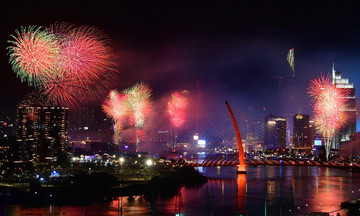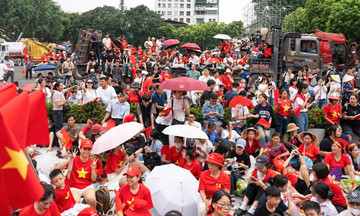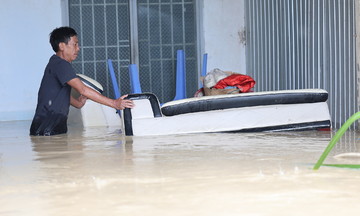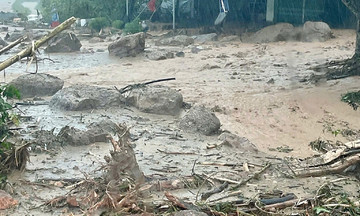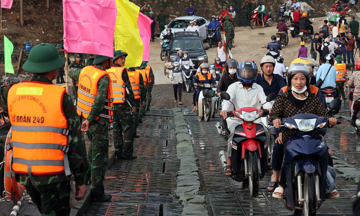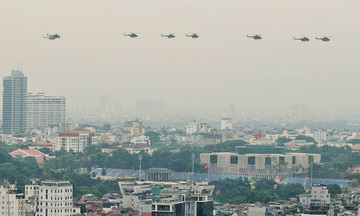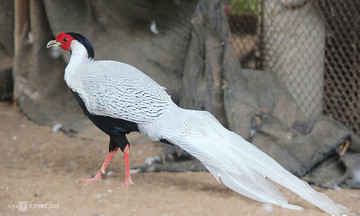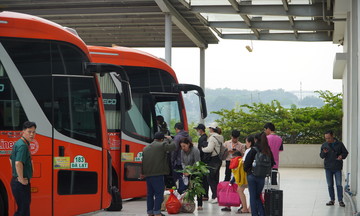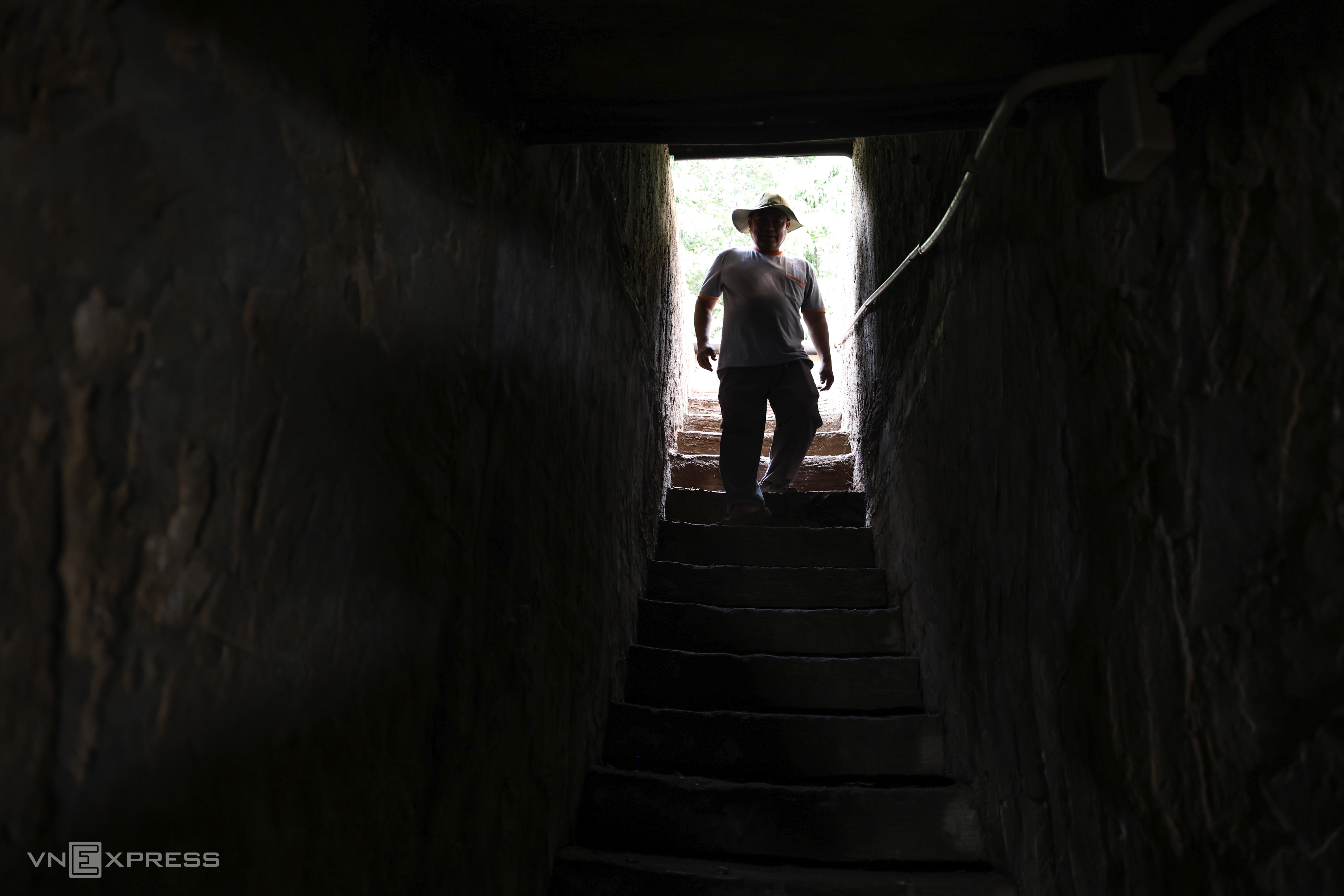 |
The tunnel's roof has a vaulted structure. In the center of each section, there is an exit to the surface and a funnel-shaped ventilation hole. Air circulated through these holes, camouflaged as termite mounds. Today, a portion of the tunnel has been restored, equipped with lighting and ventilation. |
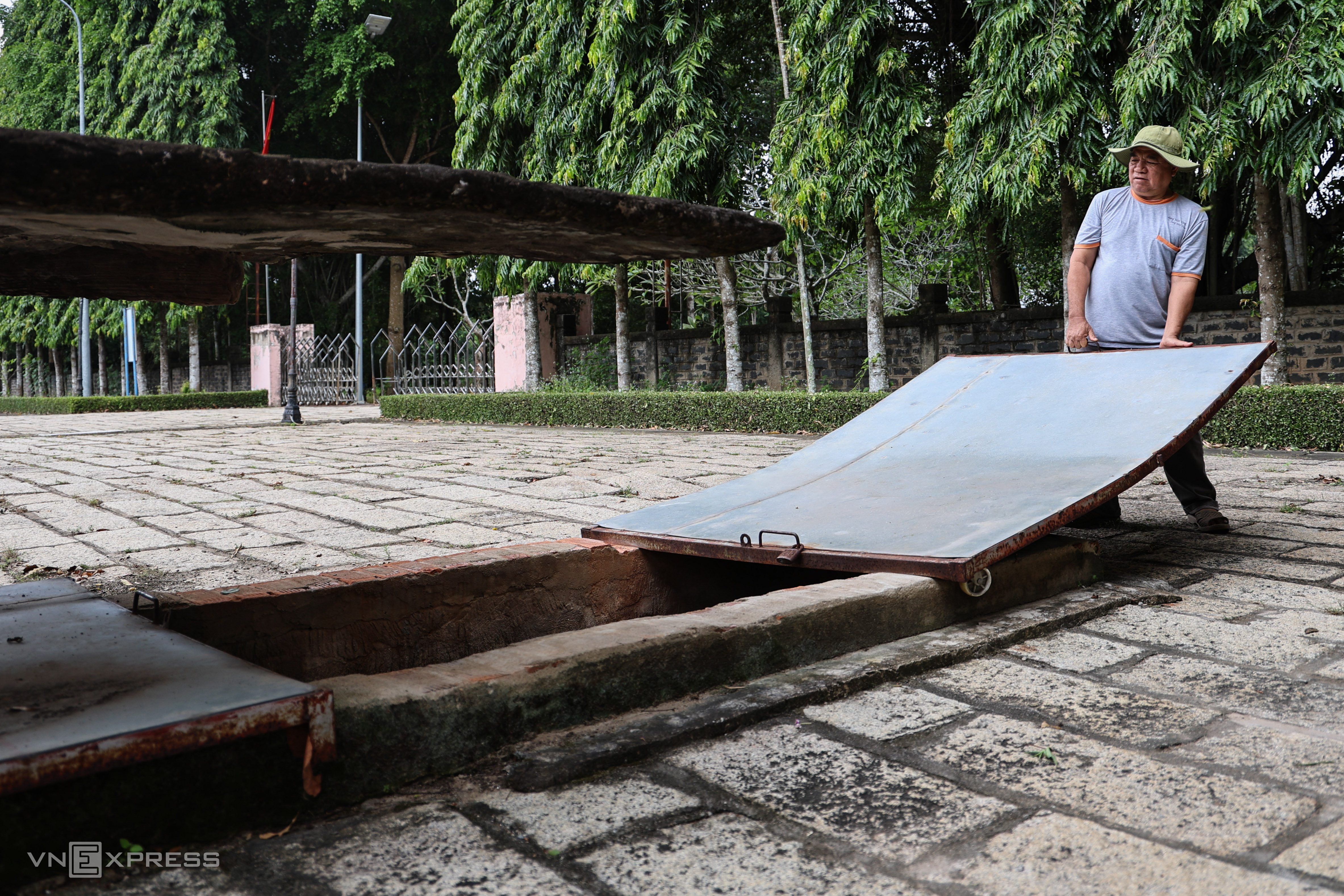 |
The tunnel follows a zigzag pattern with many side branches. Inside, there are 1-meter-thick hidden compartments, camouflaged with soil and accessed through small openings just large enough for a person to crawl through. These compartments provided escape routes for soldiers if pursued within the tunnel. |
About 40 km from Ho Chi Minh City's center, the 1.5 km Nhon Trach tunnel in Phuoc An commune was a crucial base during the Vietnam War.
Located in the Long Chao forest, the tunnel was dug between 1962 and 1963, featuring numerous branches and hidden chambers. Over time, original features like the primary forest, communication trenches, punji stick traps, fighting positions, and sections of the tunnel were destroyed or leveled during the war.
In 2006, Nhon Trach district restored the site, dredging 120 meters of the underground tunnel and constructing an exhibition hall on a 2.5-hectare area. The project was completed after a year, becoming a local historical attraction.
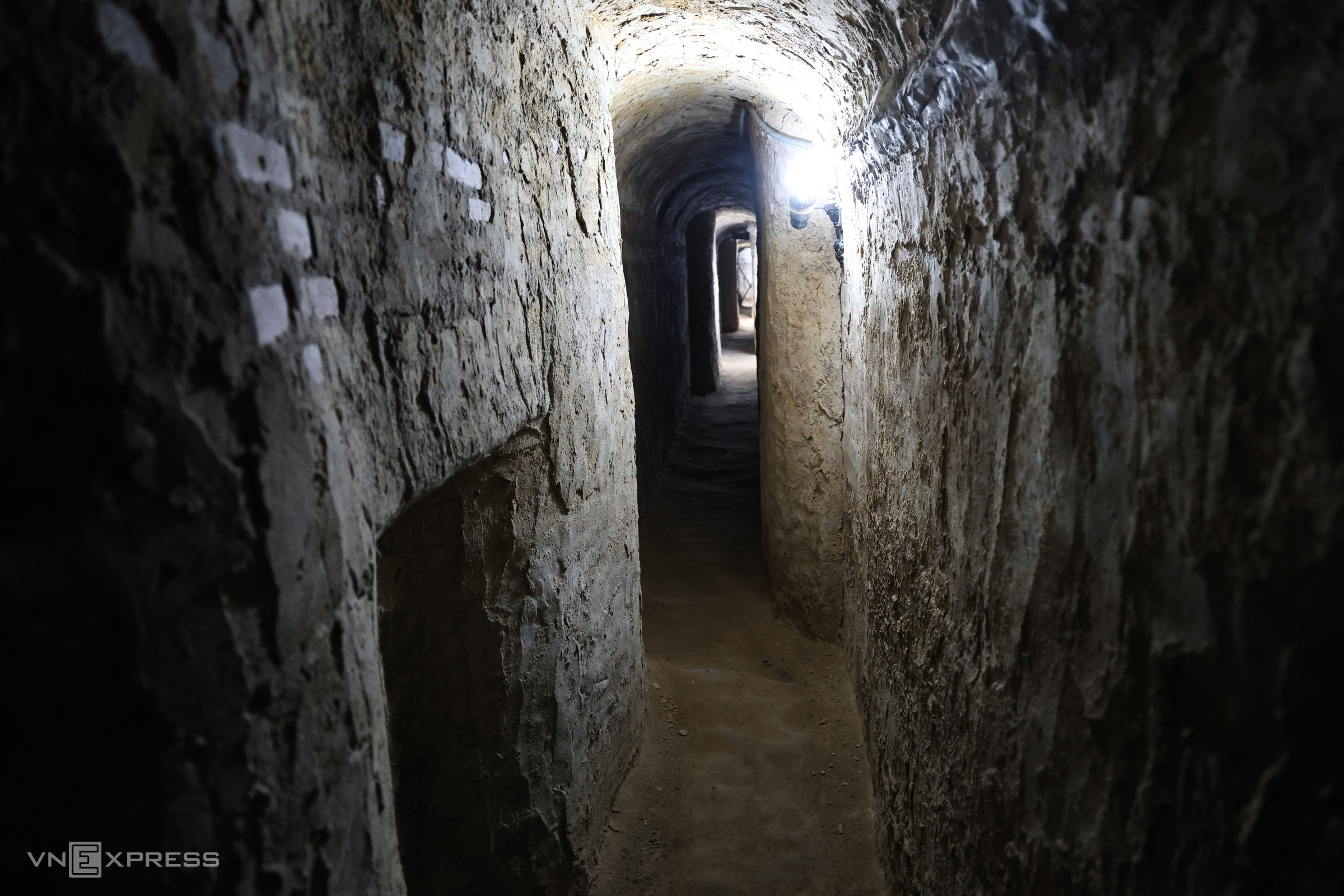 |
The exhibition hall displays artifacts from soldiers and Rung Sac special forces, a model of the tunnel complex, and archival images from the resistance efforts of Nhon Trach's people. |
The tunnel lies 5 to 7 meters underground, with an interior height of 1.6 to 1.8 meters and a width of about 1 meter. These dimensions suited Vietnamese soldiers but posed challenges for American troops.
Historical records indicate that the militia digging the tunnel worked in two teams, alternating shifts at night. They used vines woven into baskets and dug with hoes and shovels. The excavated soil was spread evenly on the ground and covered with dry leaves to conceal any trace of their work. Each team dug an average of 10 to 15 meters per night.
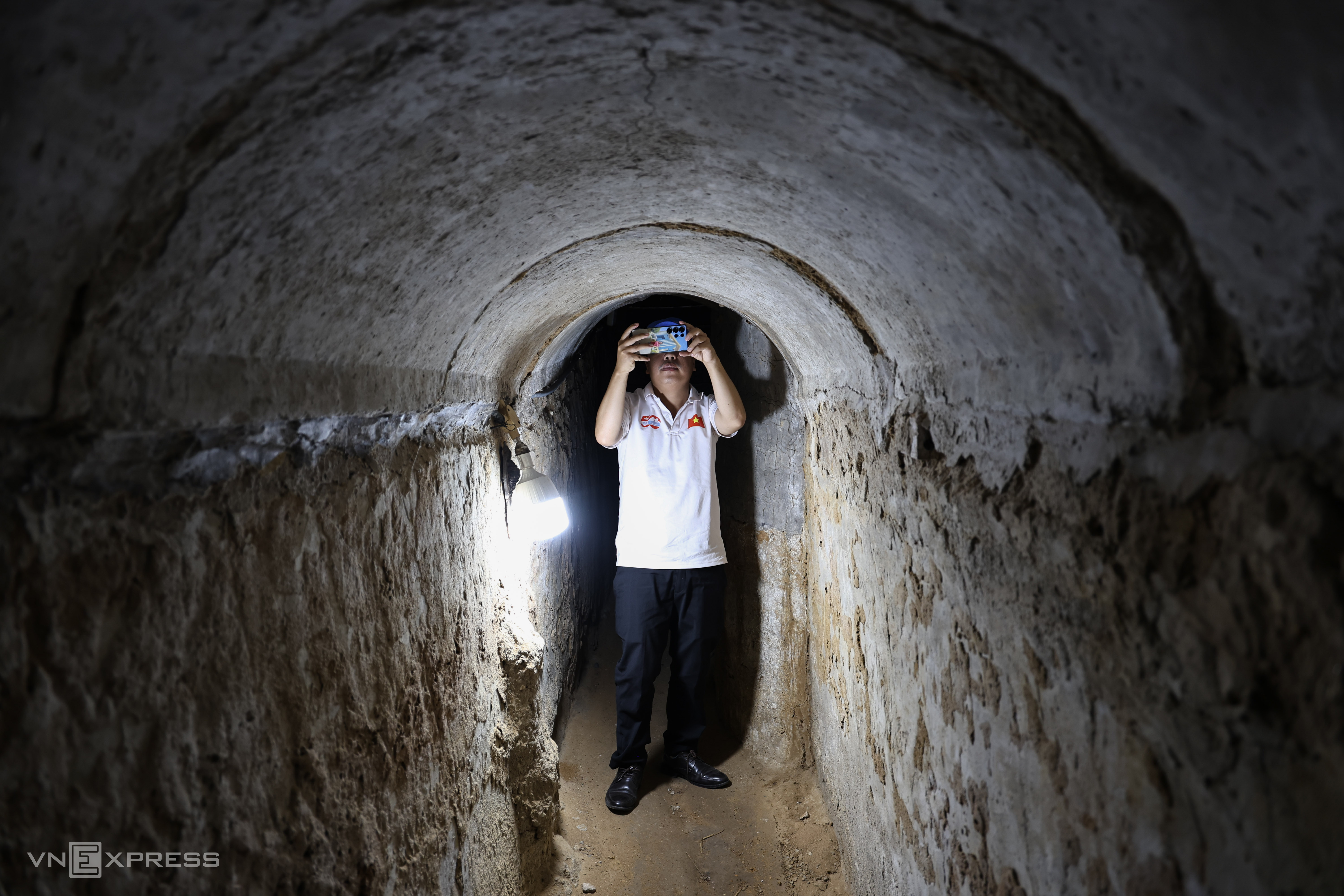 |
A diorama depicts the tunnel digging process. The following image shows hoes, shovels, and axes used for excavation, belonging to Phan Van Truong and Nguyen Tuyet Nhung, a couple who participated in the tunnel construction. |
 |
Personal items such as bags, hats, ammunition pouches, and handkerchiefs belonging to soldiers are on display. The following image shows artifacts recovered during excavations for the remains of fallen soldiers. |
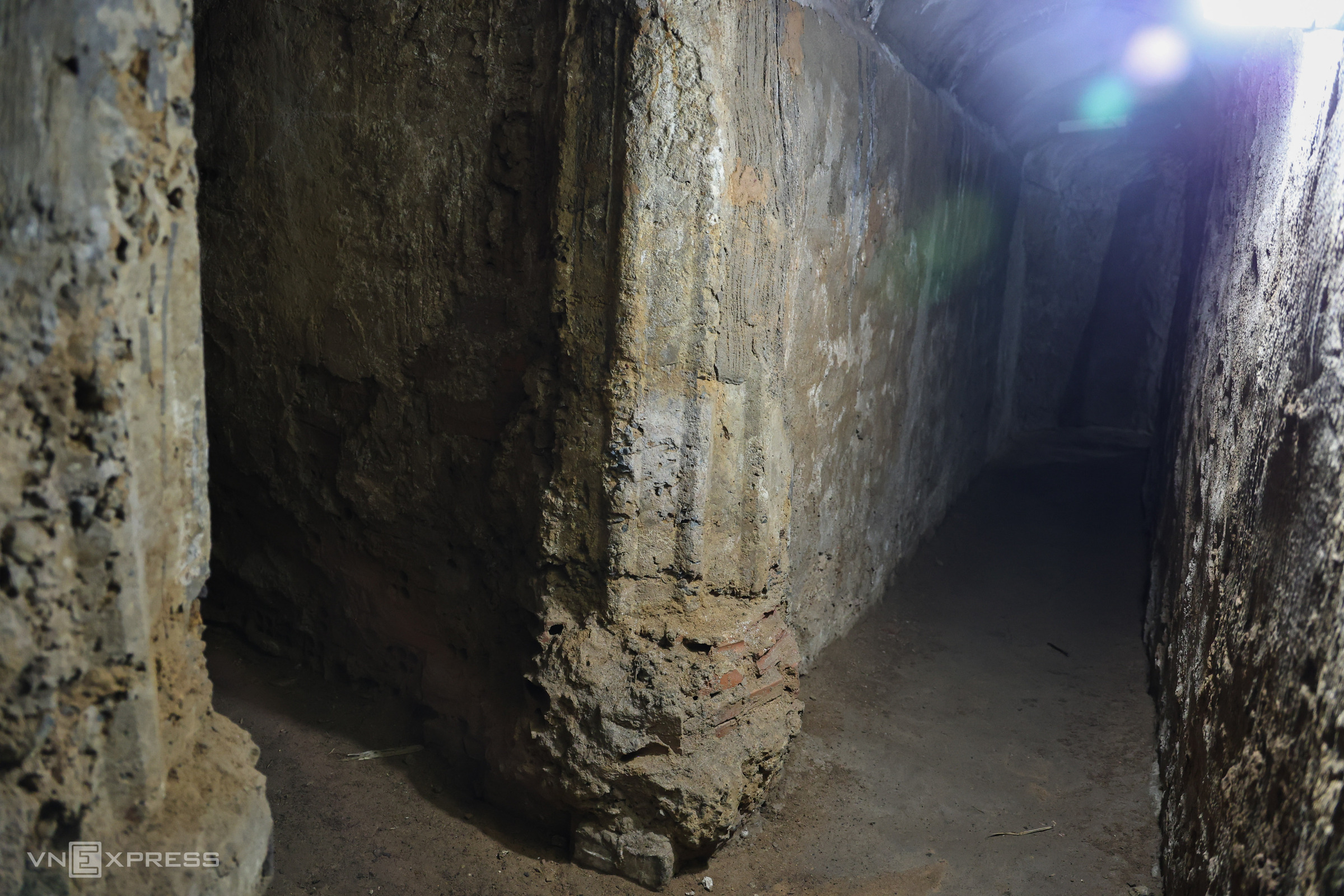 |
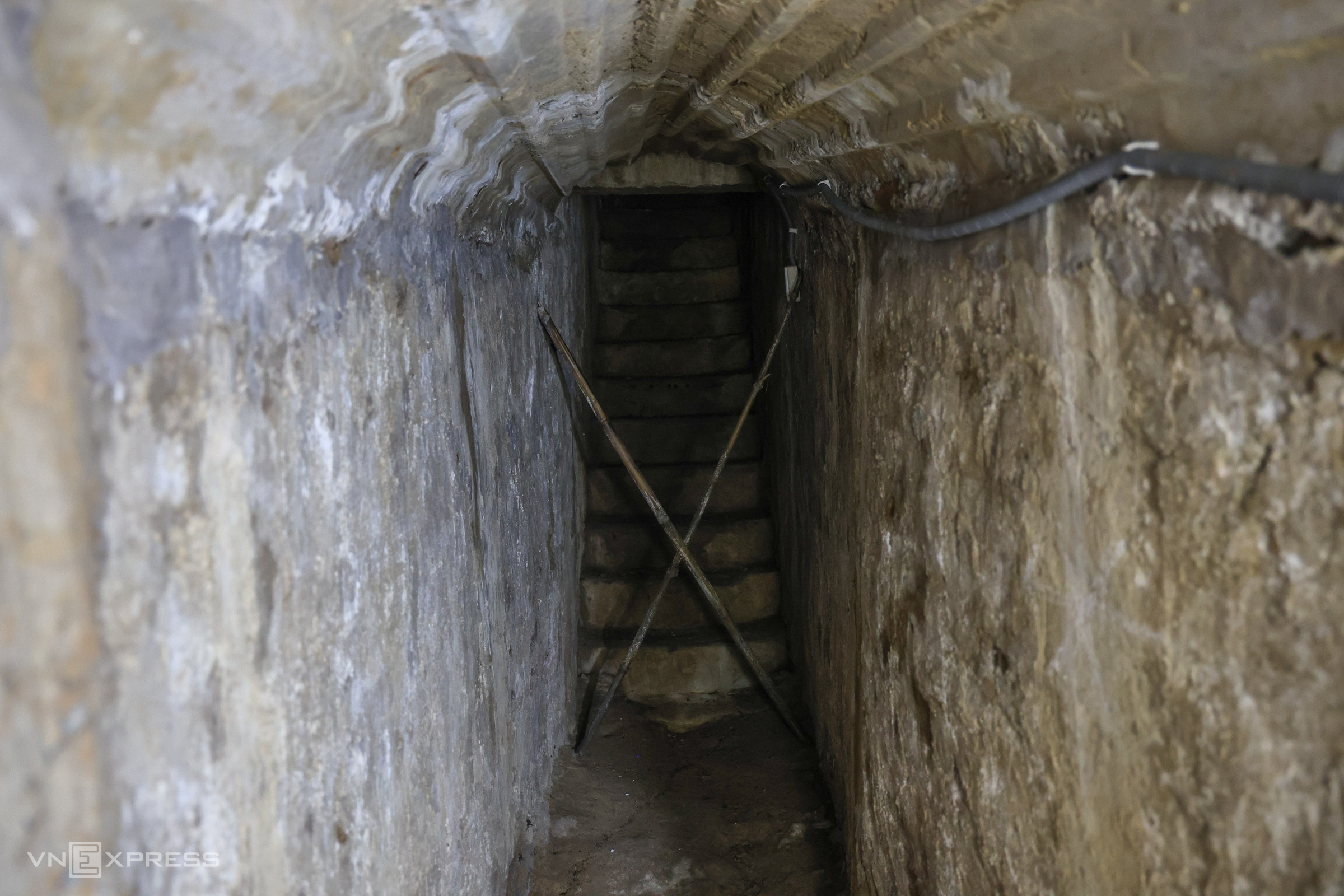 |
The tunnel could accommodate 300 to 500 people. From late 1963, digging was paused to construct surface shelters for the district committee.
Currently, some tunnel passages are closed, limiting visitors to a straight path.
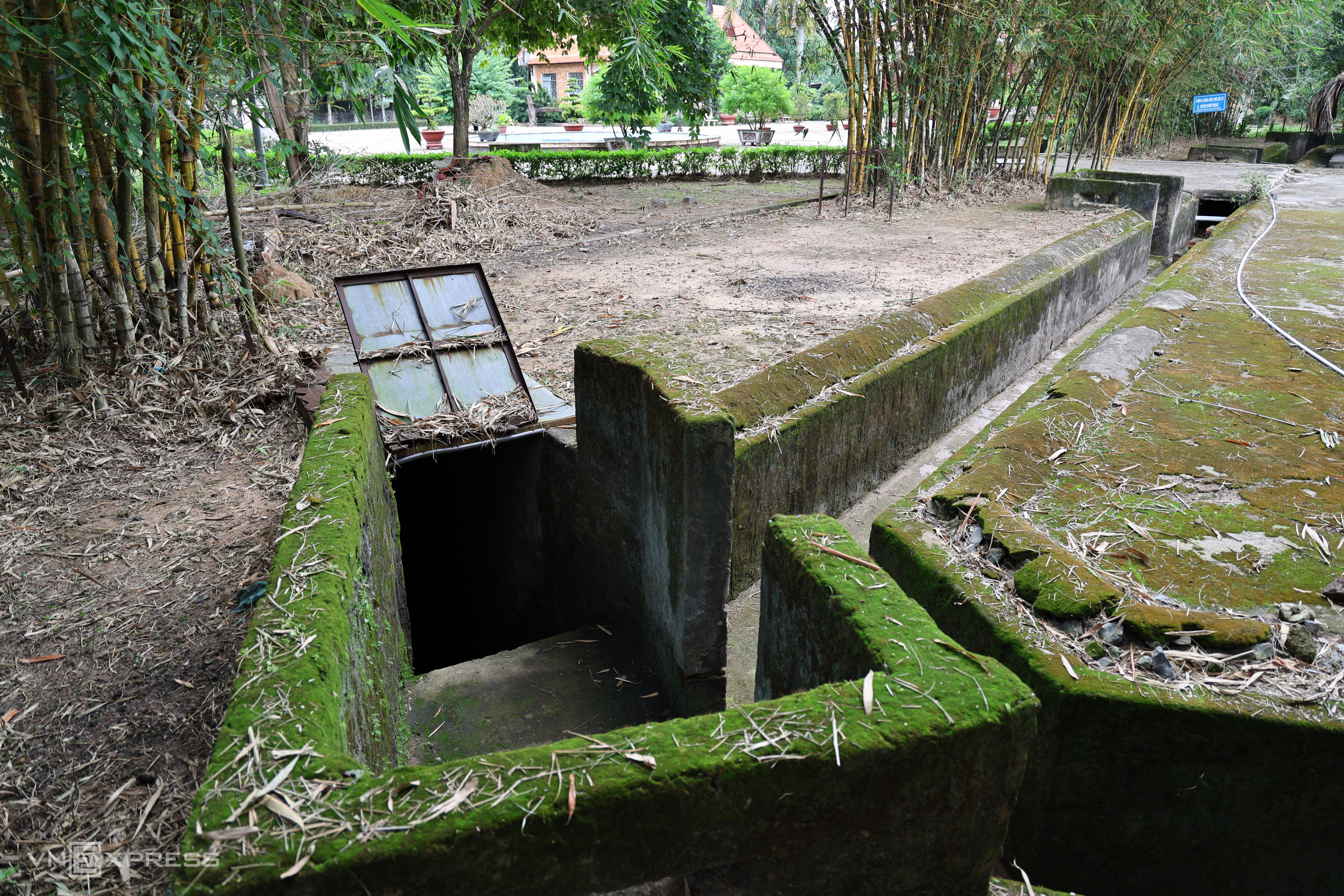 |
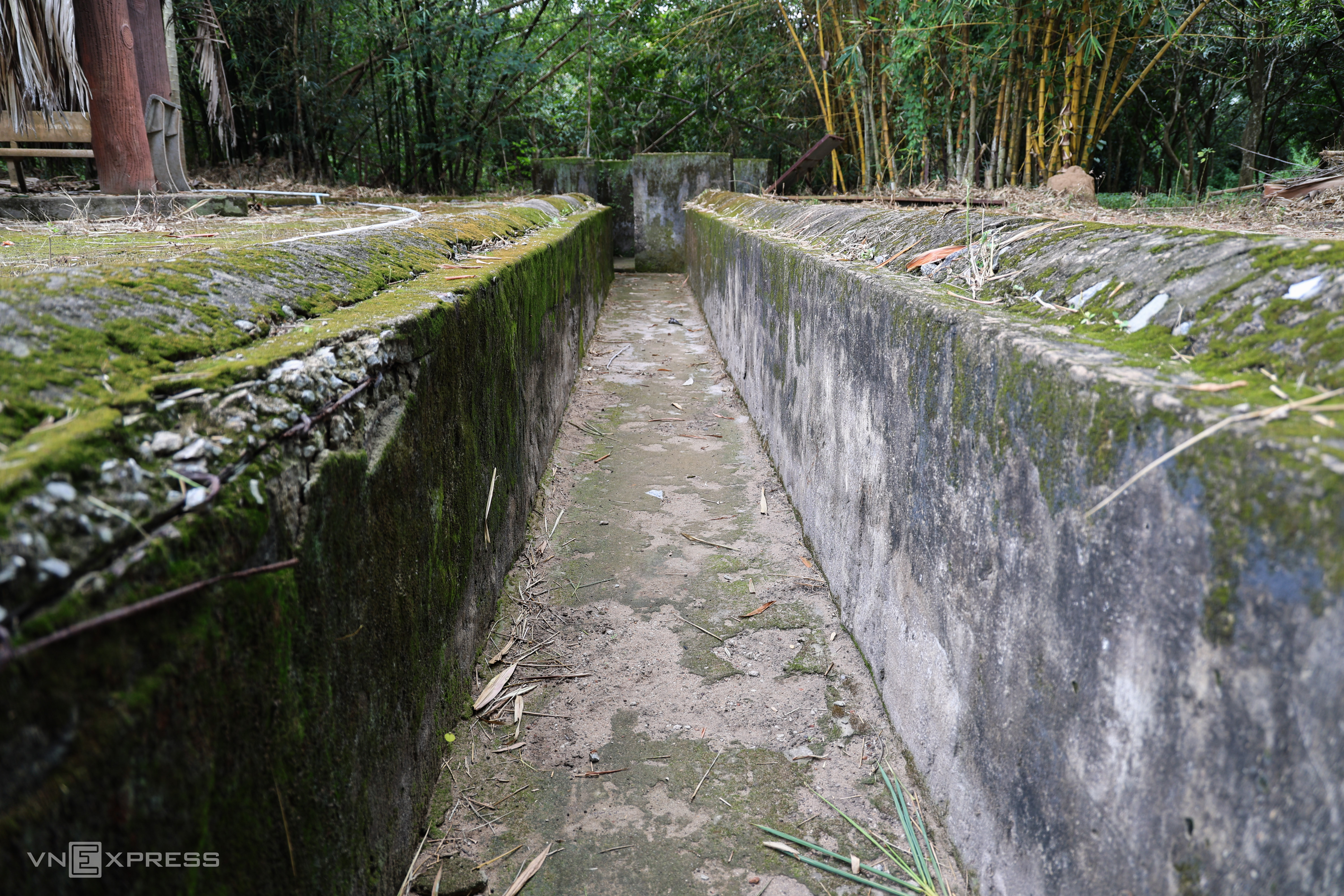 |
The tunnel exit connects to a partially restored network of communication trenches, approximately 1.5 meters deep and 1 meter wide.
Before the war, fighting positions and firing slits were built along the trenches. Two rows of alternating iron and sharpened bamboo stakes were placed around the perimeter, backed by layers of barbed wire.
 |
The restored communication trenches form an equilateral triangle, each side nearly 100 meters long. In the center, the district committee's base, with its huts and watchtowers, has been reconstructed within the forest.
At this base, Nhon Trach's soldiers and civilians achieved victories between 1965 and 1970. From 1972, the tunnel became a long-term stronghold for 500 soldiers from the Rung Sac Unit 10, launching attacks on enemy positions at the Long Tau River and the Thanh Tuy Ha ammunition depot, inflicting heavy losses.
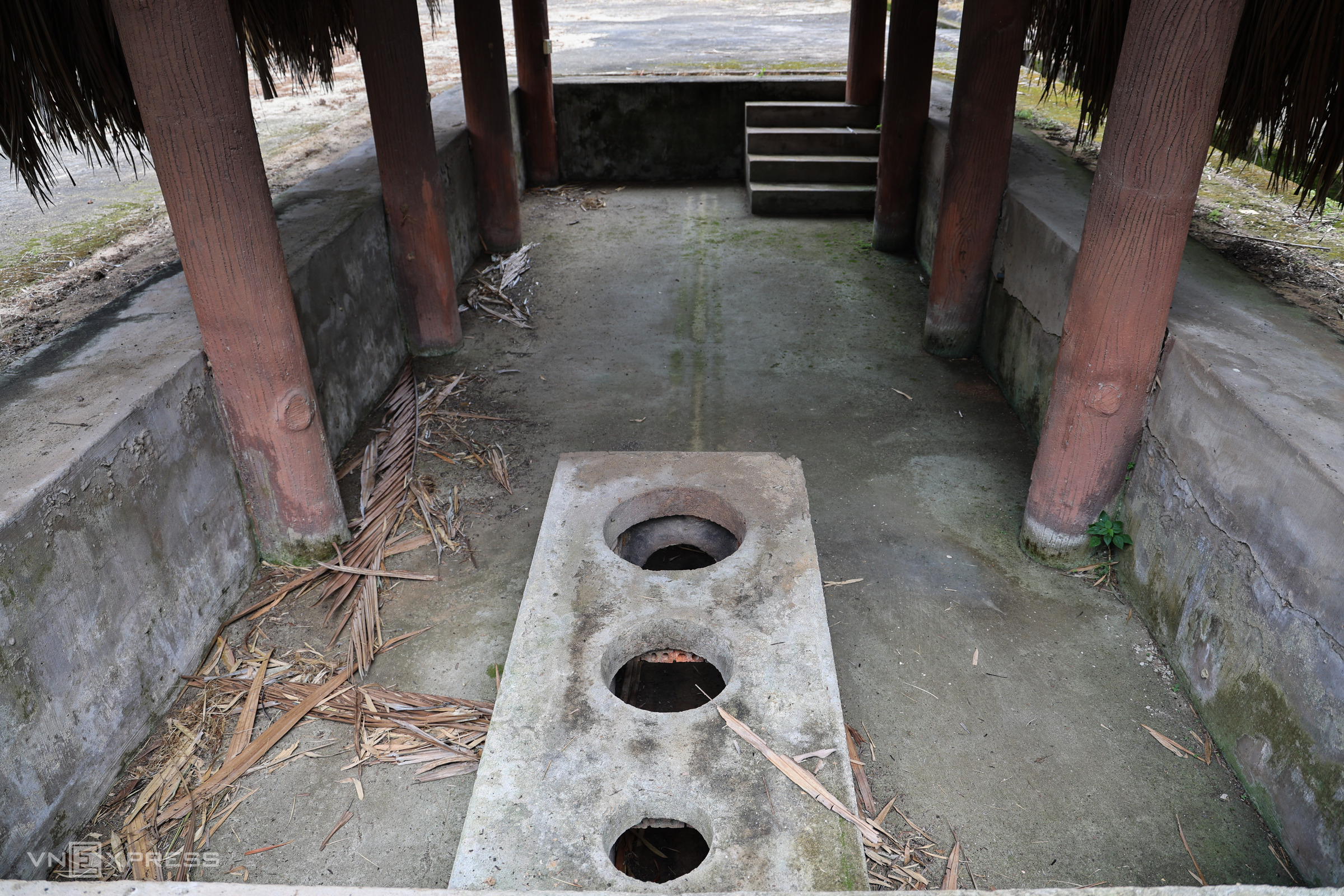 |
A model of the Hoang Cam field kitchen has been reconstructed inside one of the huts.
Named after its inventor, this type of kitchen was commonly used within the tunnel. It dispersed cooking smoke to avoid detection by aircraft. Small tunnels around the kitchen connected to other underground bases.
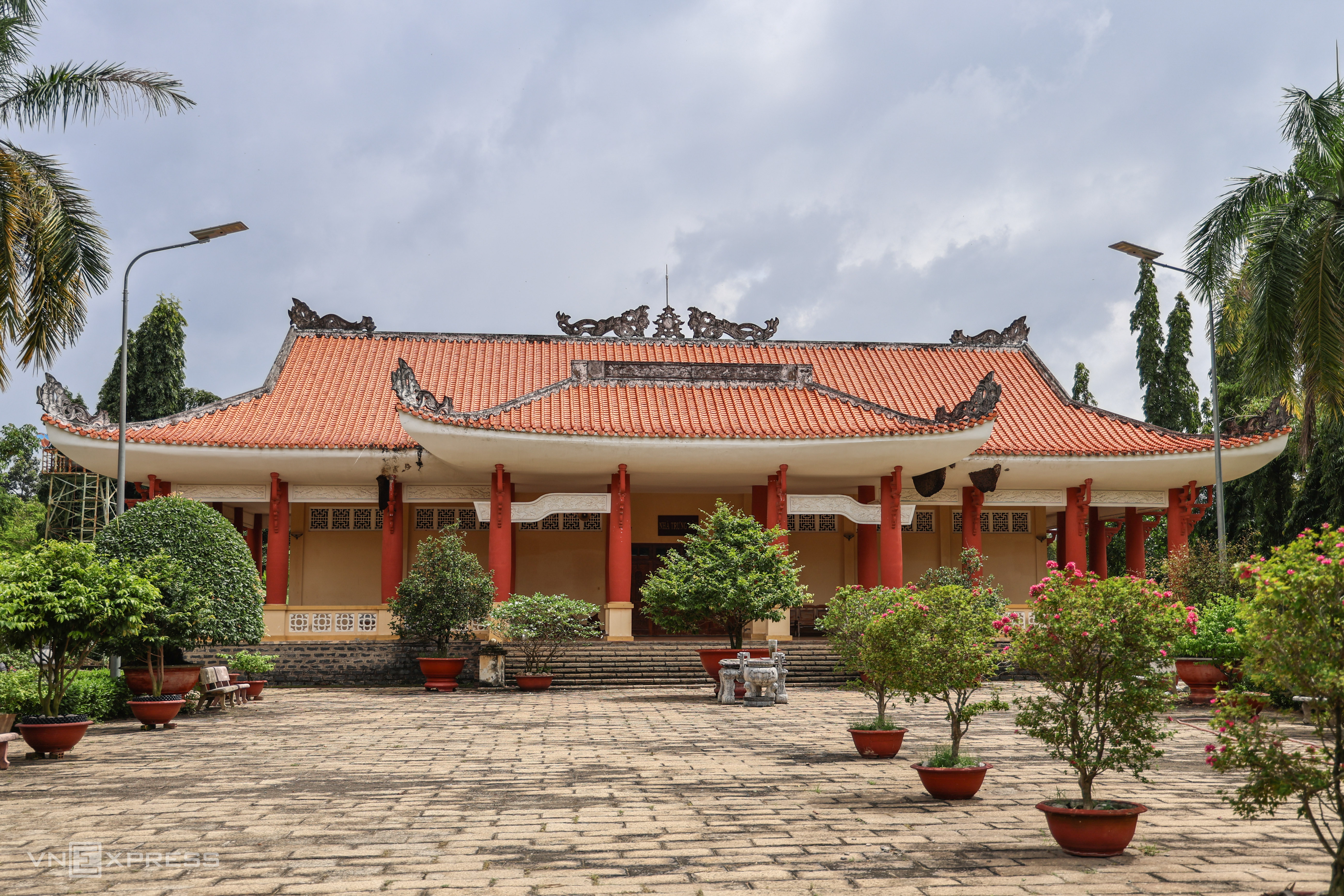 |
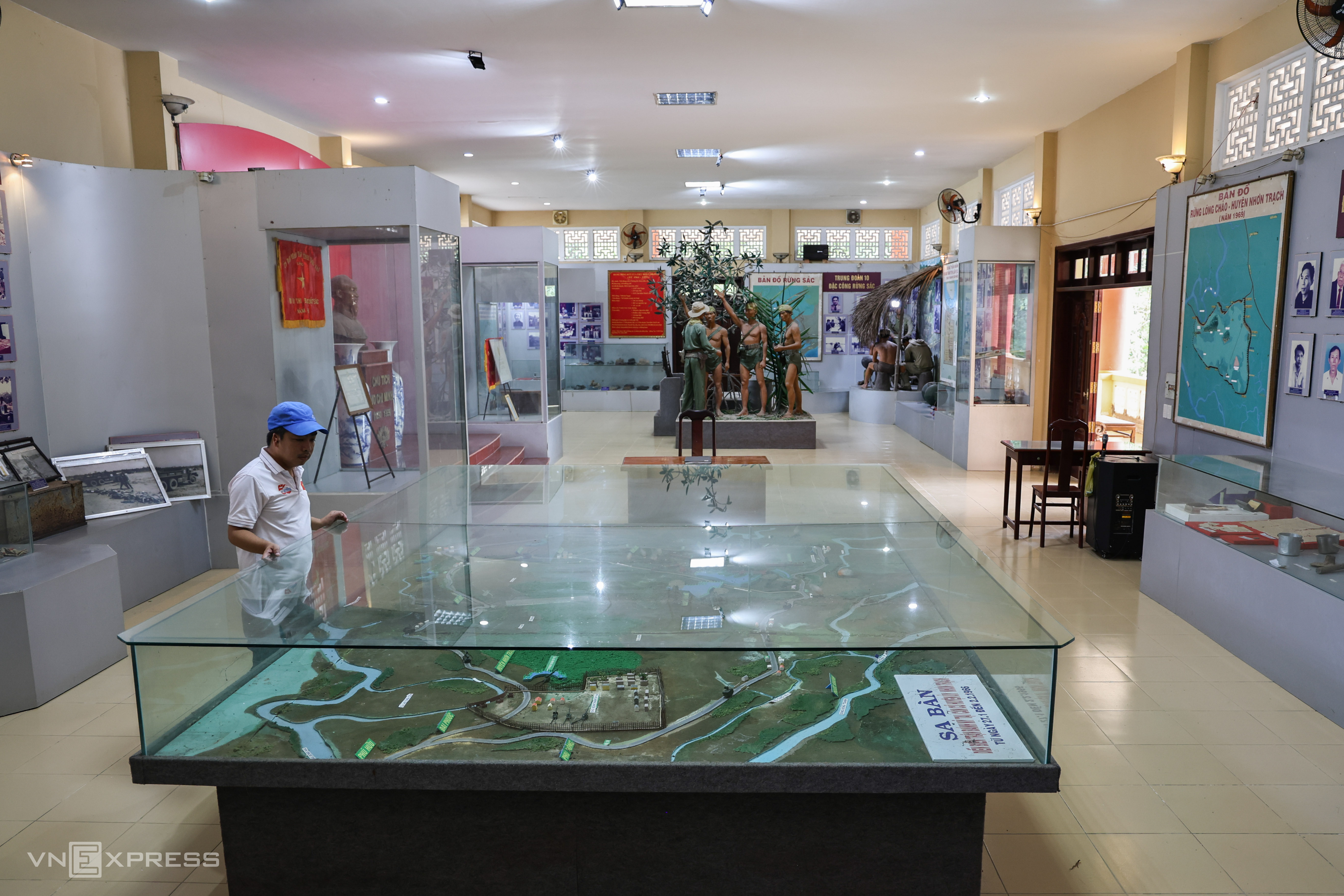 |
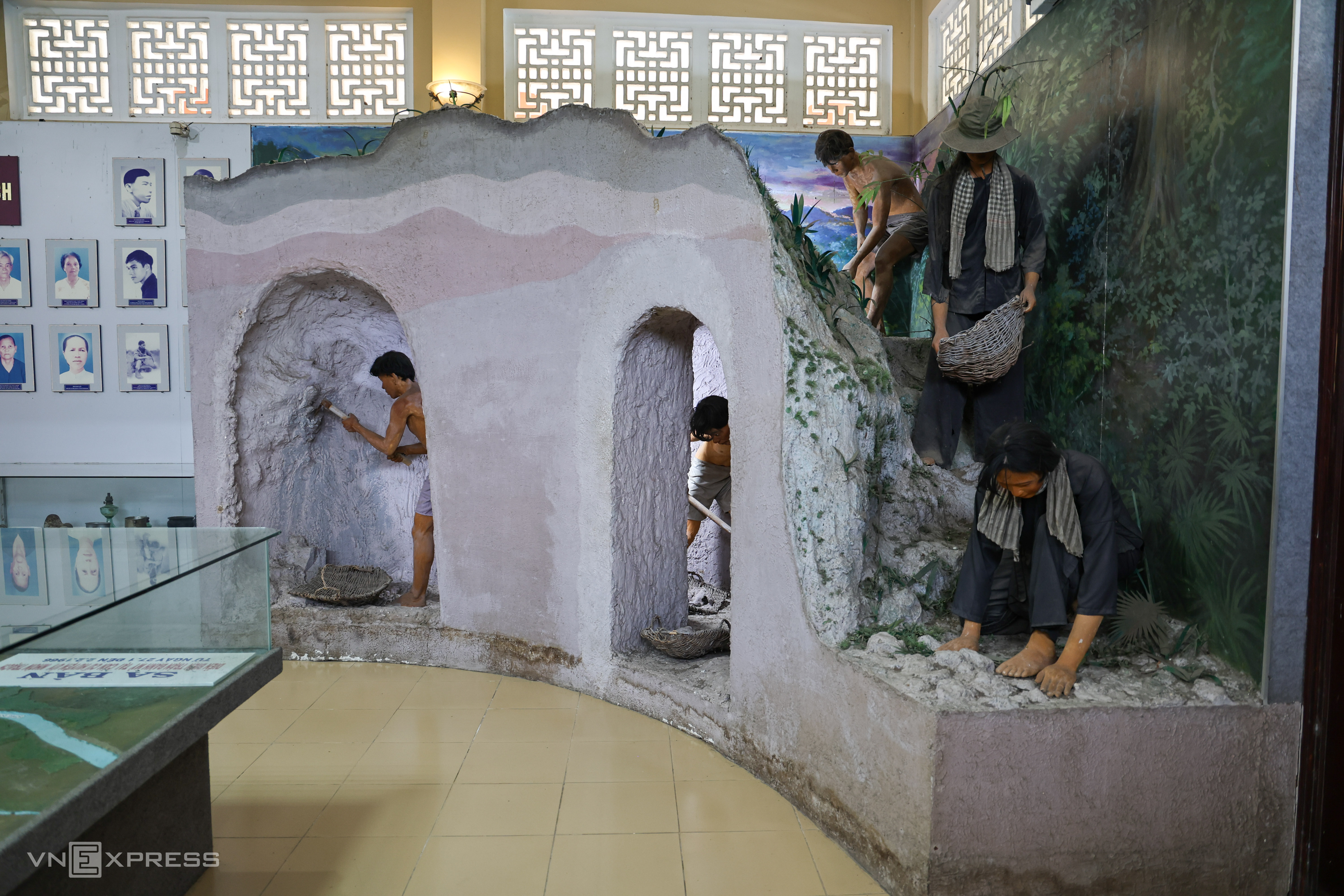 |
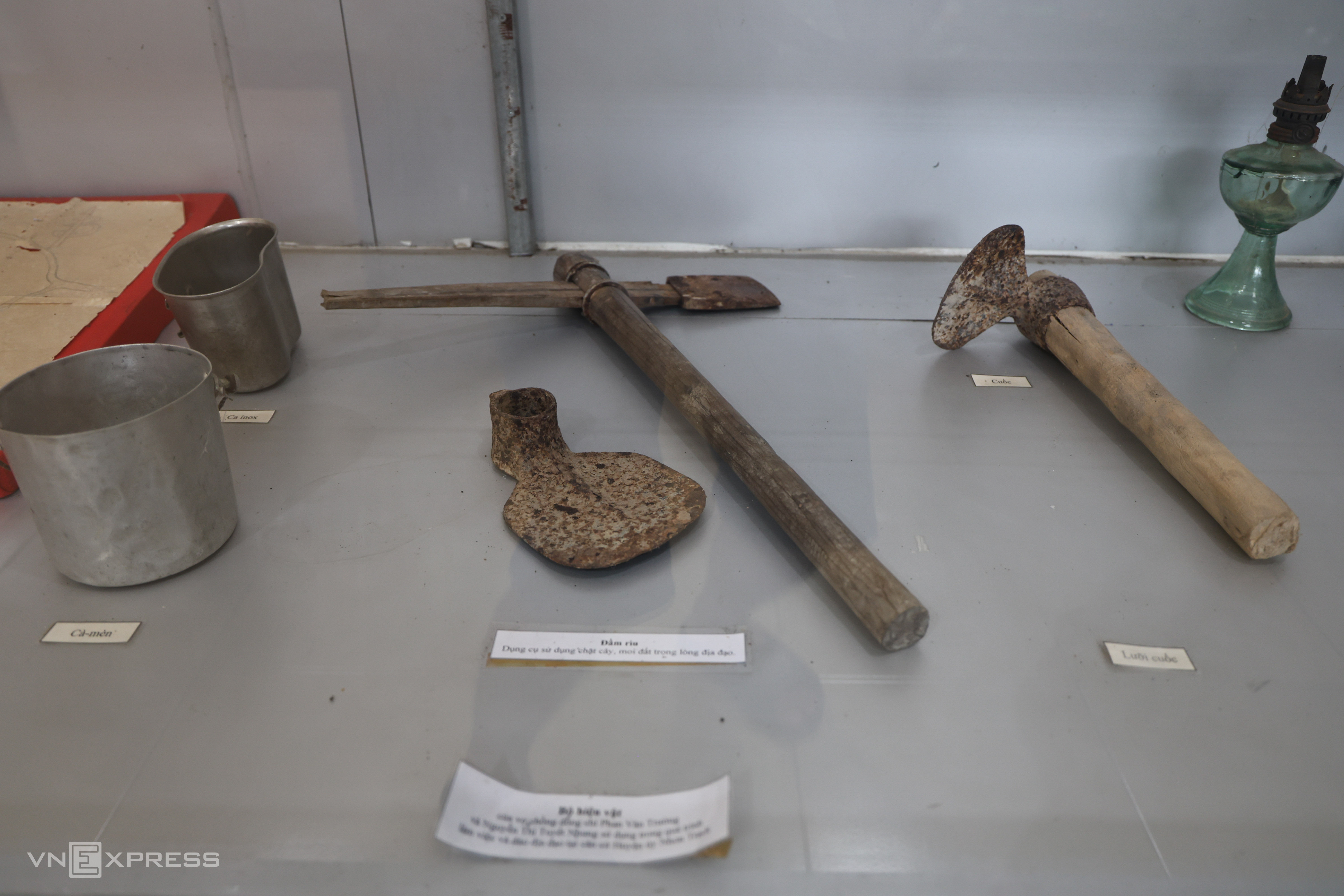 |
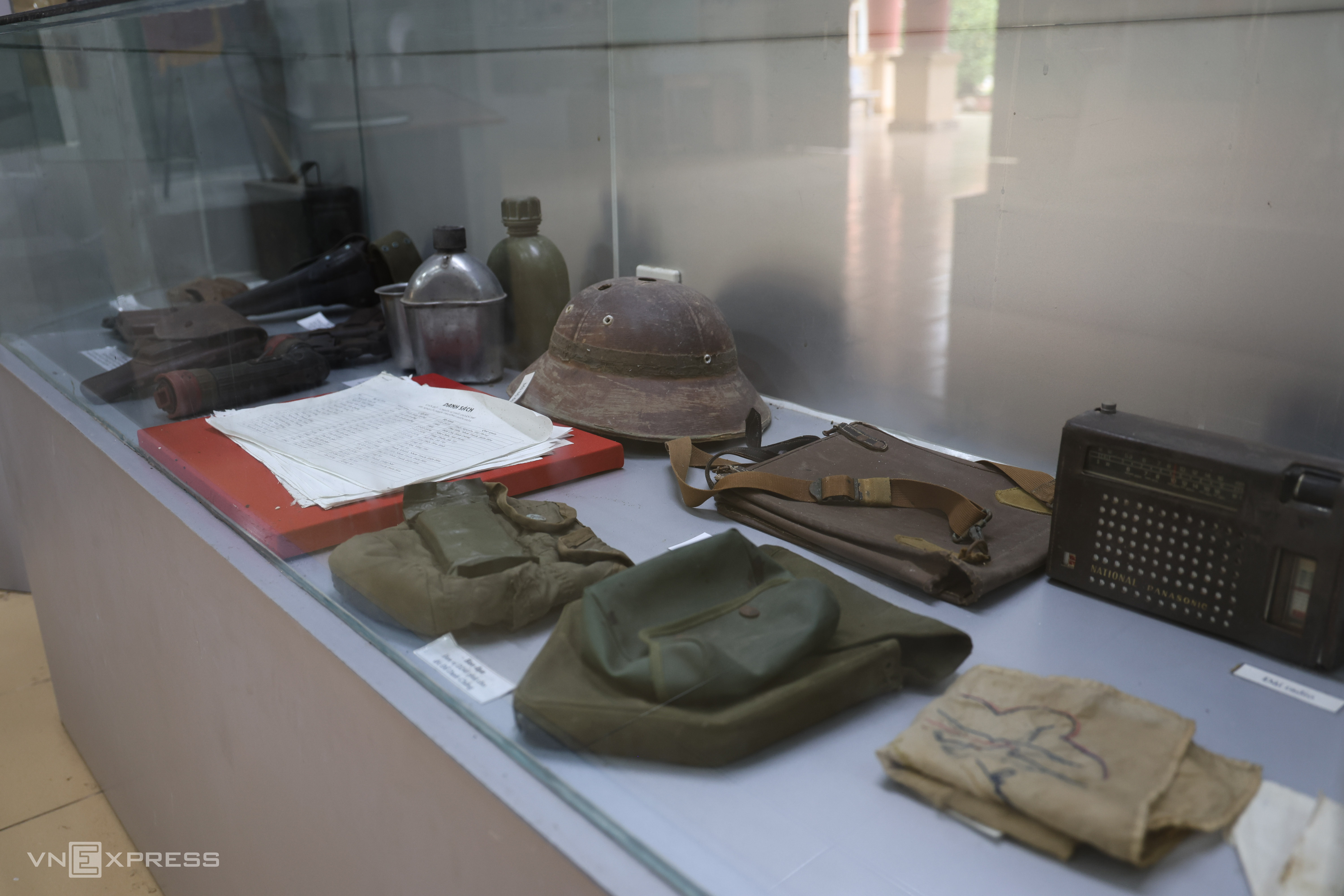 |
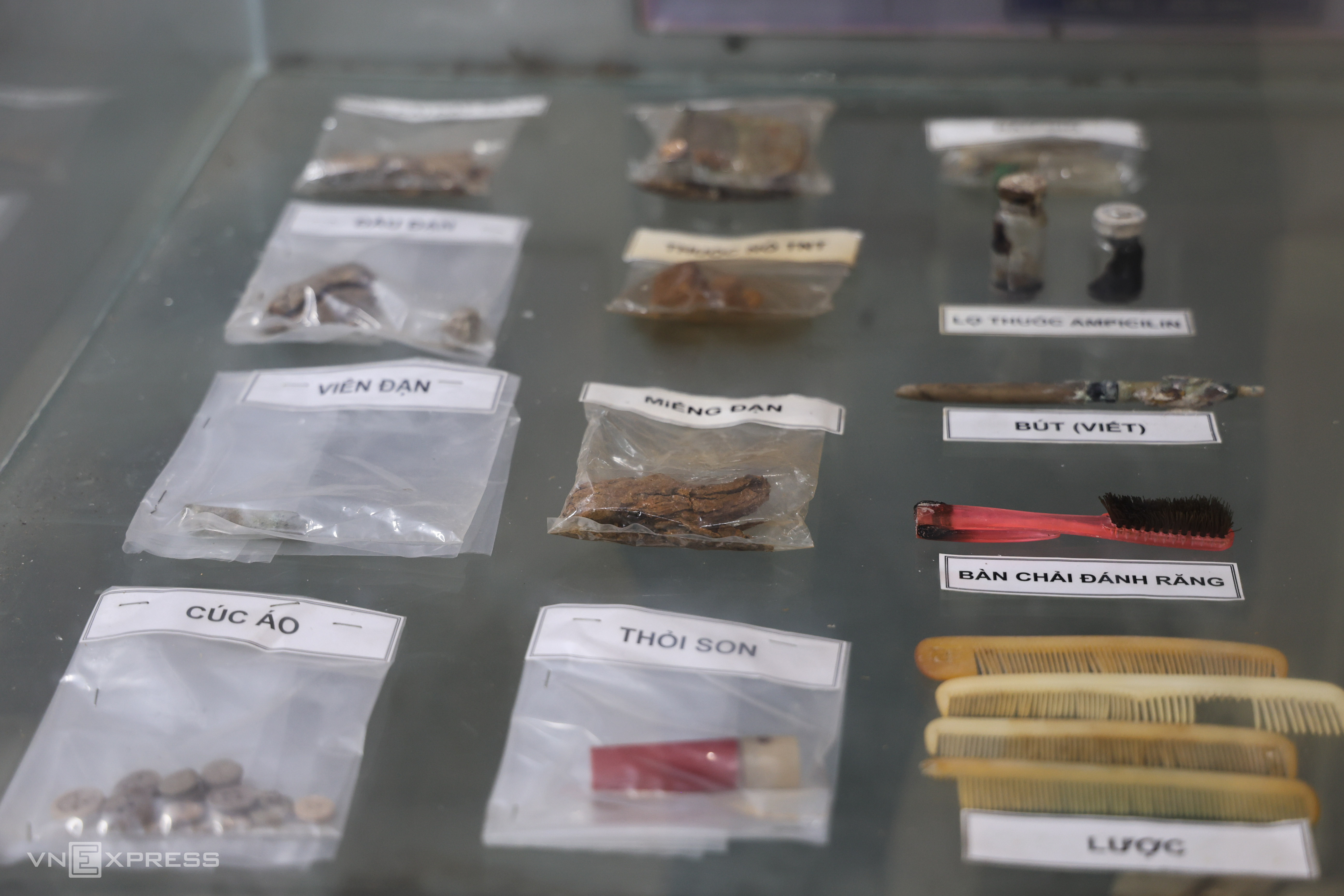 |
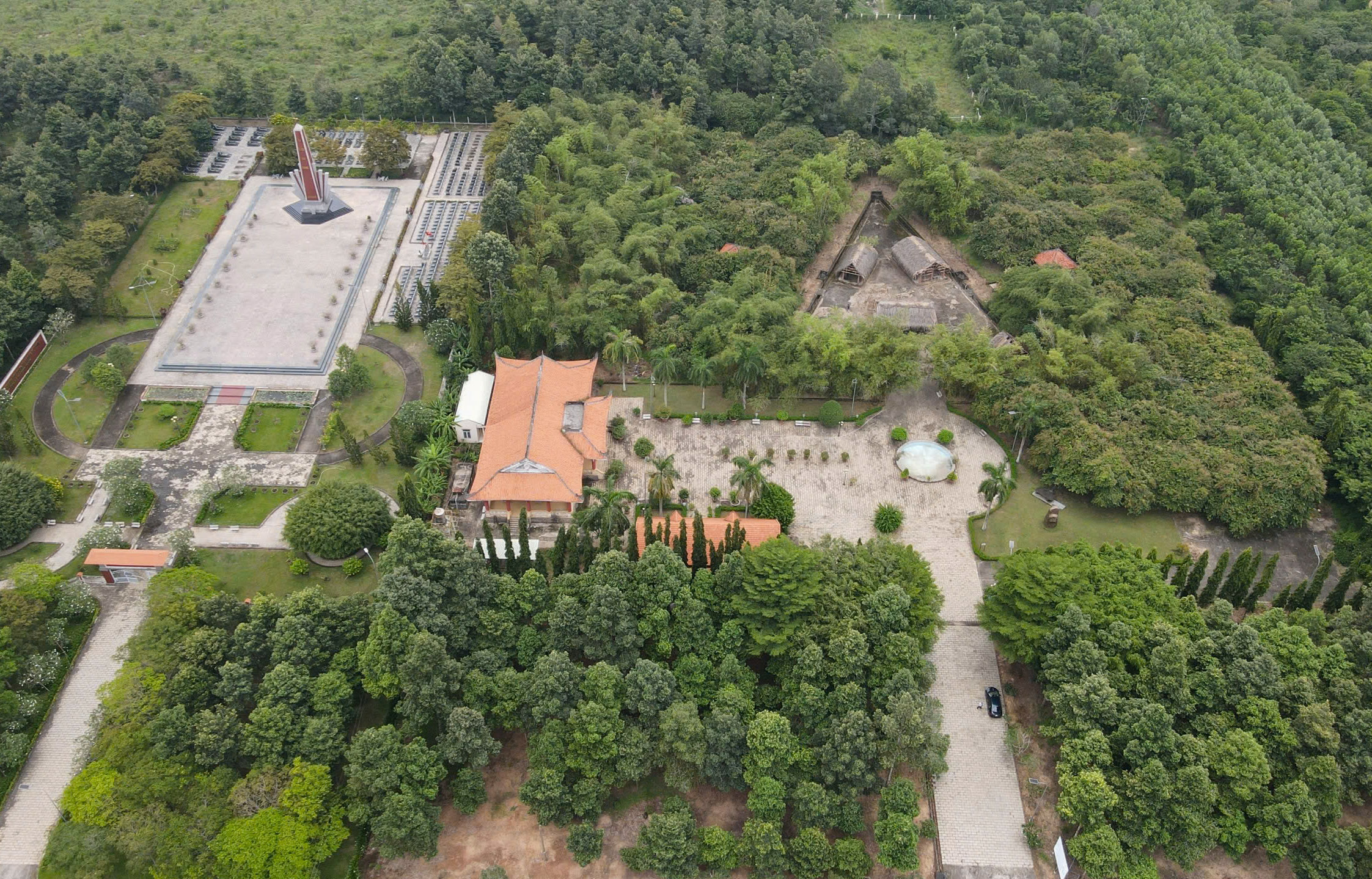 |
An aerial view of the Nhon Trach tunnel complex. The site was recognized as a national historical and cultural relic in 2001.
The tunnel is open to the public, free of charge, from 7 a.m. to 4:30 p.m. daily.
Quynh Tran - Phuoc Tuan



